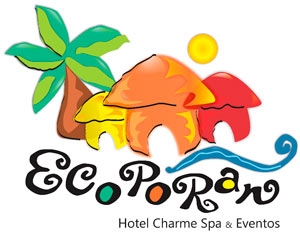 ABOUT ITACARÉ
ABOUT ITACARÉ
How to get there |
History |
Culture and folklore |
Night life |
Gastronomy |
Beaches |
Tropical forest |
Environmentally Protected Area |
Contas River |
Taboquinhas

Tucked away in southern Bahia, Itacaré is one of Brazil’s most captivating coastal gems.
With unspoiled beaches, lush rainforest, and a culture that’s as rich as it is vibrant, this town welcomes everyone — whether you're chasing waves, craving chill vibes, or just looking to reconnect with nature. It's alive with color, music, and energy, turning every visit into something unforgettable.
Surrounded by the wild beauty of the Atlantic Forest, Itacaré delivers stunning views and laid-back vibes. Some of its best beaches can only be reached by foot, with jungle trails leading to hidden waterfalls and epic ocean lookouts. Concha Beach is perfect for families, Tiririca is a magnet for surfers, and Jeribucaçu is a dreamy escape if you're into peaceful, untouched spots.

If you're into action, this place doesn’t disappoint. Itacaré is a surf hotspot, with a dozen surf breaks for every skill level. But that’s just the beginning. There’s whitewater rafting on the Contas River, SUP through quiet mangroves, treetop adventures, and tons of hiking trails if you're feeling outdoorsy. Or just take it slow and soak it all in.
But Itacaré isn’t just about beaches and boardshorts. The town has soul. You feel it in the rhythm of the capoeira, the beat of samba and forró, the colors of the local art, and the way the community celebrates its roots. The vibe here is authentic, warm, and always welcoming.
 You’ll catch that energy on the streets, especially in the buzzing Pedro Longo Street — aka “Pituba”. It's the town’s main drag, lined with cool cafés, live music spots, artisan shops, and bars with that perfect mix of rustic charm and city style. Whether you're dressed down or up, you’ll fit right in.
You’ll catch that energy on the streets, especially in the buzzing Pedro Longo Street — aka “Pituba”. It's the town’s main drag, lined with cool cafés, live music spots, artisan shops, and bars with that perfect mix of rustic charm and city style. Whether you're dressed down or up, you’ll fit right in.
Foodies, take note: the scene here is fire. You’ll find everything from fresh seafood moquecas and street food to creative vegan dishes and international fusion. And the settings? Think cozy beachfront spots, candle-lit courtyards, and rooftop terraces made for golden hour.
Looking for comfort with style? Itacaré’s got you covered. There are plenty of boutique stays, high-end eco-lodges, and beachside villas offering spa treatments, private chefs, yoga classes, and curated experiences—perfect if you like your nature with a side of luxury.

Itacaré is all about connection. Between locals and visitors. Between the waves and the forest. Between energy and calm. You come here for a hundred different reasons, and you leave with a spot that somehow feels like yours.
From sunrise hikes to late-night music, shared laughs to quiet moments in the forest, Itacaré doesn’t just welcome you. It stays with you.
FEATURES
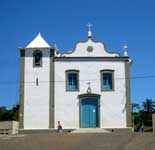
Itacaré belongs to what is called the "Cocoa Coast", bordering the municipalities of Maraú, Aurelino Leal, Ubaitaba, Uruçuca, Ilhéus and the Atlantic Ocean. It is inside the tropical zone, with an average temperature of 27º C (80º F). It has an area of approximately 732 km² (457.5 sq. miles) and it's most important geographical landmark is the Contas River.
The population of Itacaré in 2025 is 29,496 inhabitants, according to estimates by the Brazilian Institute of Geography and Statistics (IBGE).

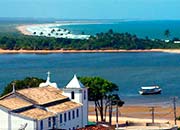
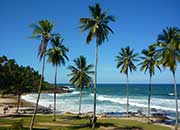
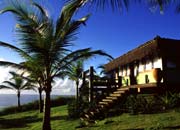


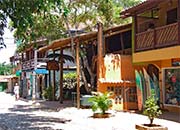
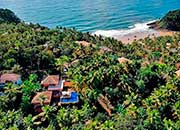
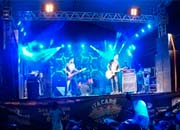


























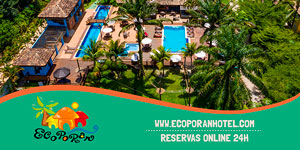
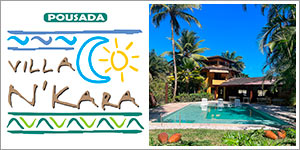
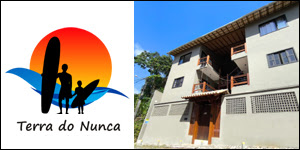
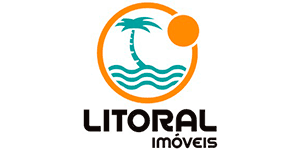
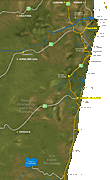
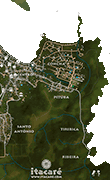
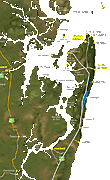

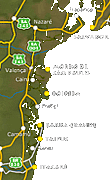
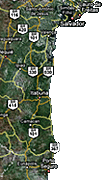
 este site em Português
este site em Português este sitio en Español
este sitio en Español ce site en Français
ce site en Français